By blending the beauty of extended exposure with the captivating effect of time-lapse, photographers can create visually mesmerizing videos or images that stand out from the crowd. In this article, we will explore the techniques and essential aspects of mastering the art of long exposure time-lapses.
Understanding Long Exposure Time-Lapse
Before delving into the process of creating long exposure time-lapses, let’s first understand the concept. Time-lapse photography involves capturing a series of frames at intervals and then combining them to create a fast-paced video that shows subtle changes progress over time. Long exposure time-lapse, on the other hand, utilizes slow shutter speeds to capture light trails and create a smooth, dreamlike effect that adds an extra layer of magic to each frame.
Long exposure time-lapses require a few crucial equipment and settings to master. Let’s walk through them:
Camera and Lens Selection
Choose a camera that allows manual control over shutter speed, ISO, and aperture. Additionally, select a lens suitable for long exposure photography to ensure optimal results.
Stabilize Your Setup
Stability is vital in long exposure time-lapses to avoid camera shake. Properly mount your camera on a sturdy tripod and use additional tools like a remote shutter release or intervalometer to eliminate any contact with the camera during the process.
Lighting Conditions
Plan your long exposure time-lapses during low-light conditions, such as dusk or night. This allows for longer exposure times without overexposing the frame. Experiment with different lighting scenarios to capture unique effects.
Shutter Speed and Aperture Settings
Since long exposure time-lapses involve extended exposure times, set your camera to Bulb mode or use a slow shutter speed (e.g., 30 seconds or more). Adjust the aperture to control the depth of field and ensure appropriate exposure.
Neutral Density Filters
Neutral density (ND) filters are essential for long exposure time-lapses in bright daylight. These filters reduce the amount of light entering the camera, allowing for longer exposures without overexposing the image.
The Benefits and Applications of Long Exposure Time-Lapses
Long exposure time-lapses offer a range of benefits and applications that photographers can explore. Let’s dive into some key advantages:
- Creates stunning visual effects: Long exposure time-lapses capture the ethereal beauty of light trails, flowing water, or moving clouds, creating visually captivating videos or images.
- Adds a sense of drama and emotion: The extended exposure time emphasizes movements and changes in the scene, resulting in a dramatic and emotional impact on viewers.
- Allows for creative storytelling: Long exposure time-lapses enable photographers to tell unique stories by showcasing the passage of time and the transformation of subjects in a single frame.
- Enhances landscapes and cityscapes: Capturing long exposure time-lapses in natural landscapes or urban settings can add a dynamic and surreal element, elevating the overall aesthetic appeal.
With these advantages in mind, photographers can incorporate long exposure time-lapses into various applications, including:
- Night skies and star trails: Long exposure time-lapses can unveil the mesmerizing movement of stars over the night sky, producing breathtaking footage.
- Water bodies and waterfalls: The smoothness achieved through long exposure time-lapses beautifully captures the flow and patterns of rivers, waterfalls, or crashing waves.
- Urban life and traffic: Immortalize the hustle and bustle of city life through long exposure time-lapses, transforming chaotic streets into artistic displays.
- Construction projects and environmental changes: Long exposure time-lapses can document the progress of construction projects or illustrate the evolution of natural landscapes over time.
Key Takeaways
Mastering the art of long exposure time-lapses requires understanding the fundamental techniques involved:
- Choose a camera capable of manual settings.
- Stabilize your setup using a tripod and remote shutter release.
- Experiment with lighting conditions and adjust shutter speed and aperture settings accordingly.
- Utilize neutral density filters in bright daylight.
Long exposure time-lapses offer numerous advantages:
- Create stunning visuals with light trails or flowing water.
- Evoke a sense of drama and emotion.
- Tell captivating stories by capturing the passage of time.
- Enhance landscapes and cityscapes.
By incorporating long exposure time-lapses into various applications, photographers can explore the vast potential of this art form:
- Capture mesmerizing night skies and star trails.
- Reveal the beauty and movement of water bodies and waterfalls.
- Transform urban life and traffic into artistic displays.
- Document construction projects or illustrate environmental changes over time.
The possibilities are endless when it comes to long exposure time-lapses. With the right techniques and a touch of creativity, photographers can produce visually captivating masterpieces that leave a lasting impression on viewers.

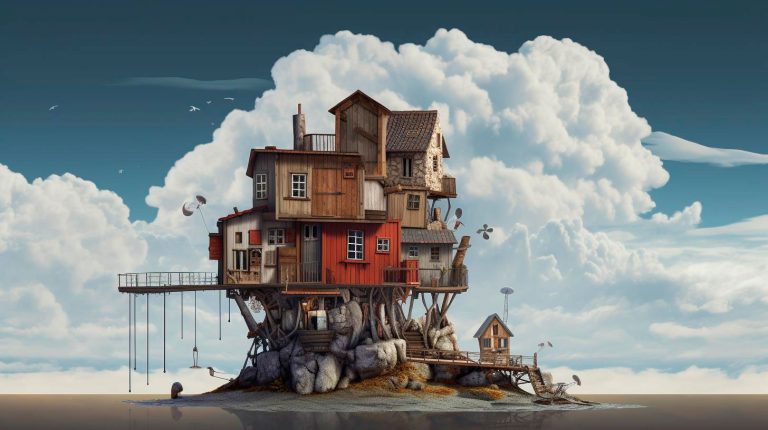
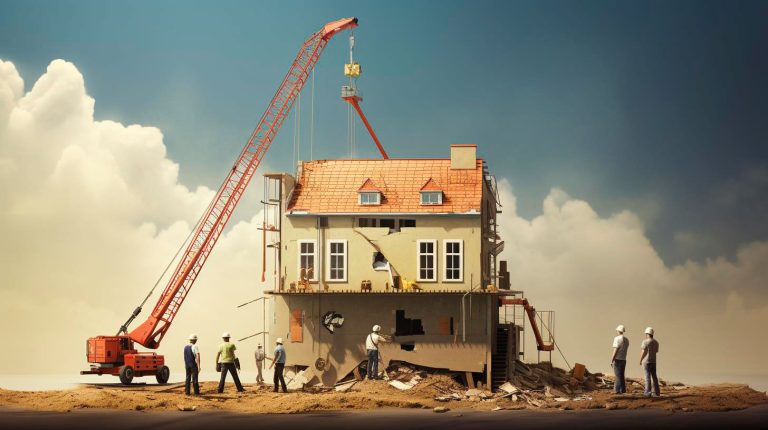
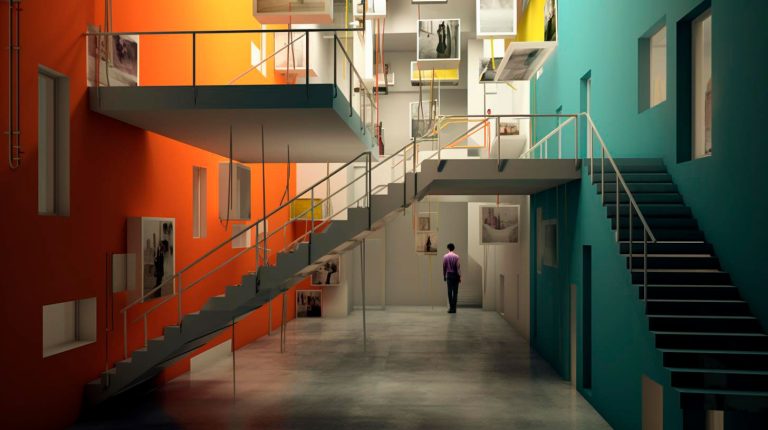
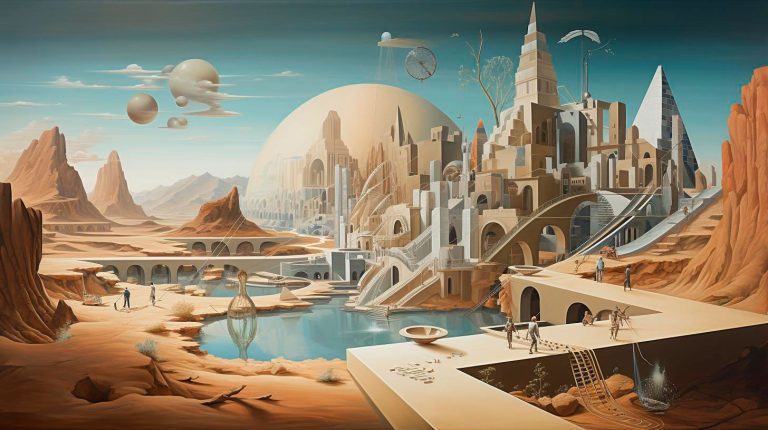
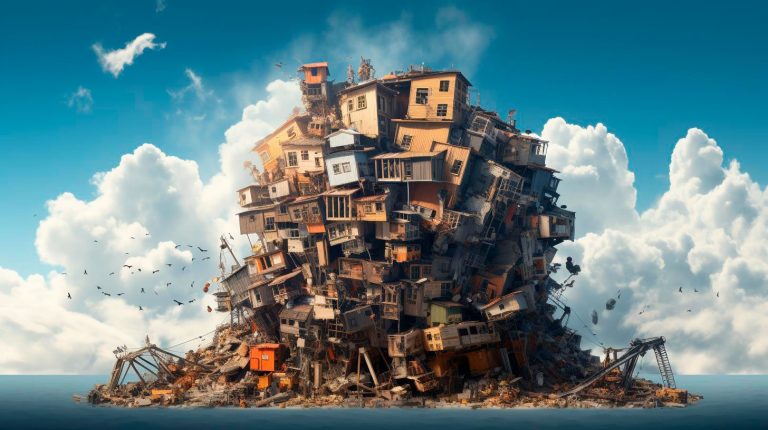
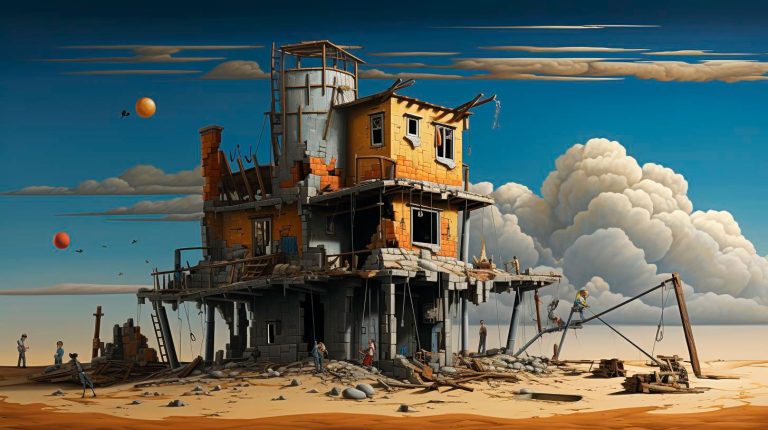
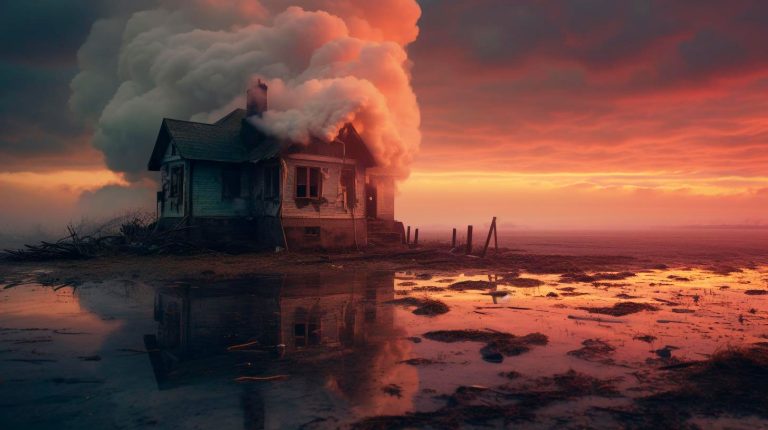

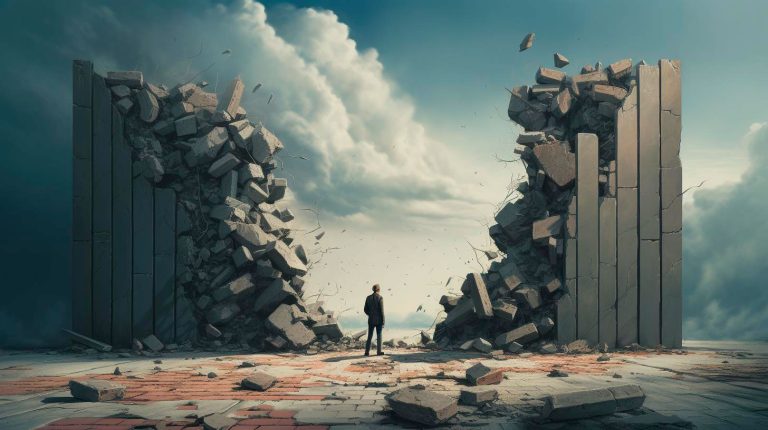
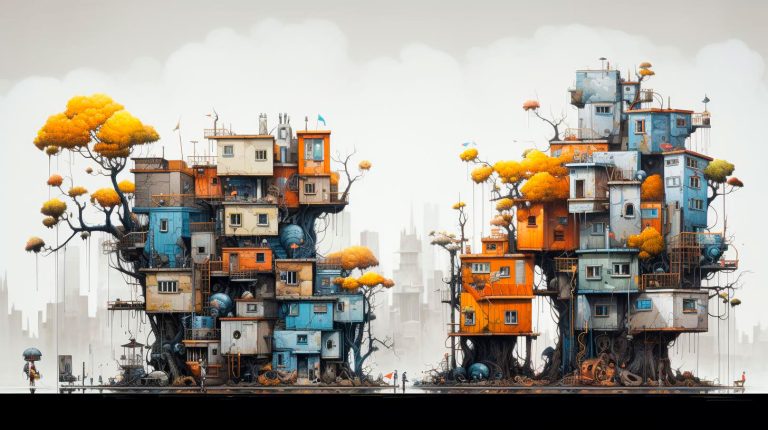

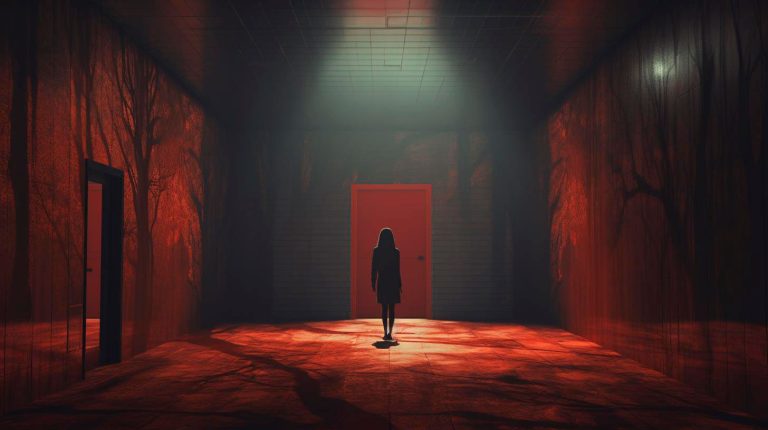

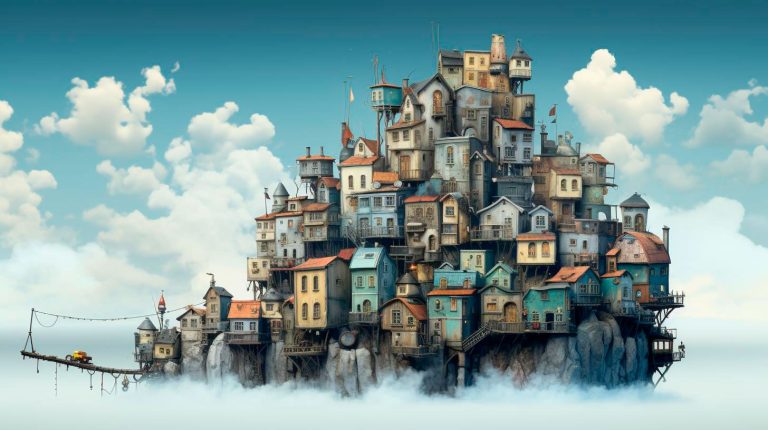
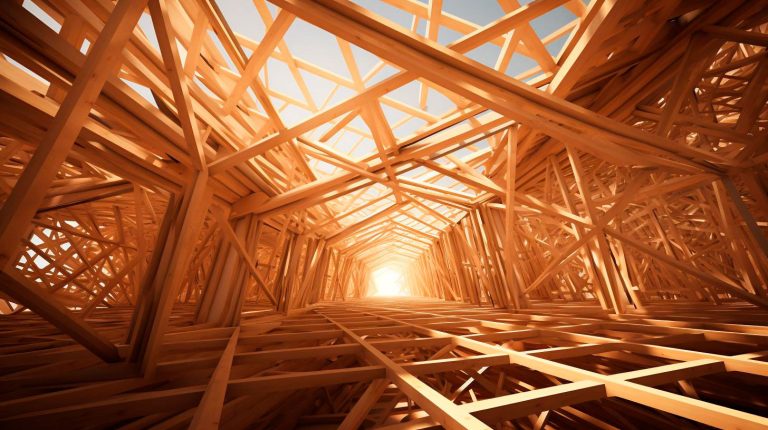







+ There are no comments
Add yours